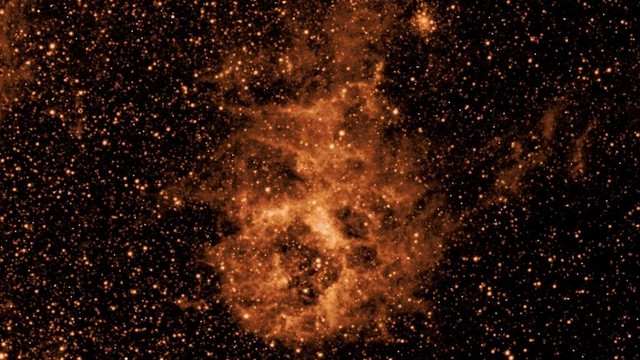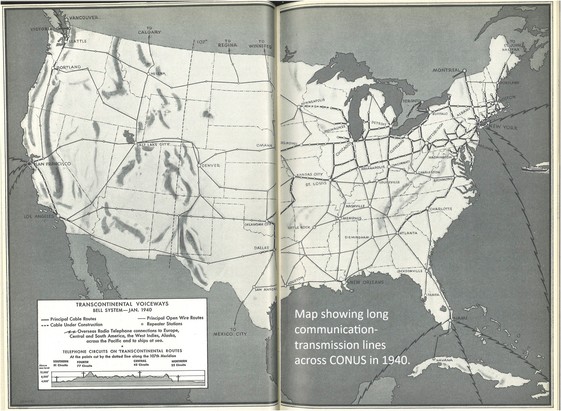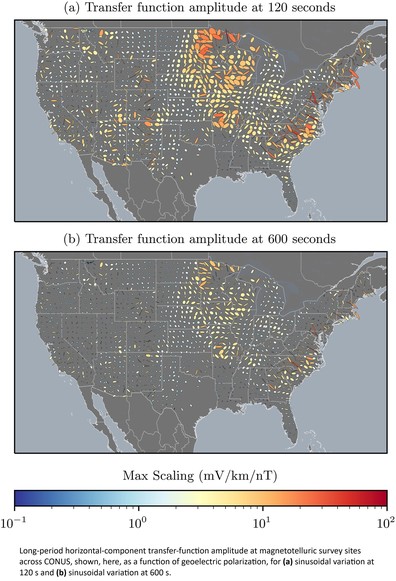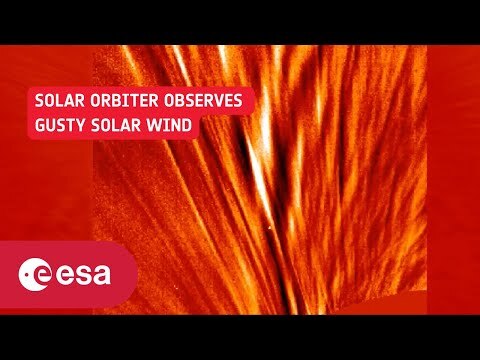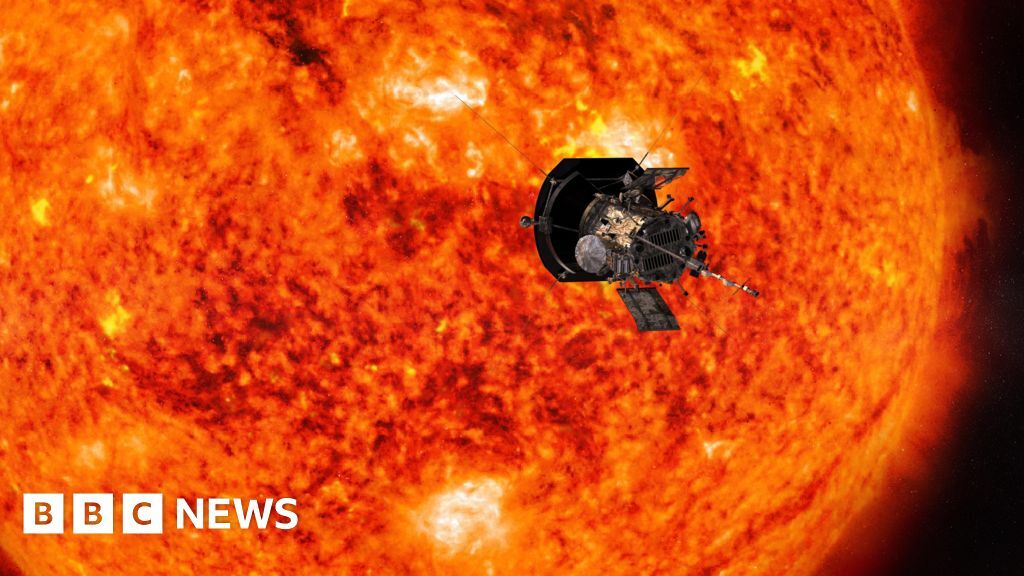https://www.europesays.com/uk/86594/ SPHEREx starts science observations while PUNCH commissioning continues #Nasa #PUNCH #Science #SolarWind #Space #spectroscopy #SPHEREx #sun #UK #UnitedKingdom
Recent searches
Search options
#solarwind
The March 1940 Superstorm - Geoelectromagnetic Hazards And Impacts On American Communication And Power Systems
--
https://doi.org/10.1029/2022SW003379 <-- shared paper
--
#spaceweather #geomagnetic #history #historic #1940 #USA #measurement #spatialanalysis #geomagnetism #risk #hazard #effects #ICME #CME #coronalmassejection #interference #electricity #electrical #utilities #infrastructure #impacts #communications #telecommunications #geoelectromagnetic #solarwind #magneticstorm #humanimpacts #geoelectric #geology #soil #operations #transmission #power #energy #energysupply #naturalhazard@USGS | @CIRES
Is the magnetosphere talking to you? Or did you just take a few too many chewables?
Inquiring minds want to know.
https://www.europesays.com/uk/55806/ What is responsible for water on the Moon? A new study reveals | #HydroxylOnTheMoon #LunarExploration #LunarSoil #MoonResources #Nasa #Science #SolarWind #Space #UK #UnitedKingdom #WaterOnTheMoon
Watch wind whirl from the Sun: https://www.youtube.com/watch?v=1vHfzgw8jms <- Metis Observations of Alfvénic Outflows Driven by Interchange Reconnection in a Pseudostreamer: https://iopscience.iop.org/article/10.3847/1538-4357/adb1da #SolarWind
[On the origin of slow and fast solar winds] In late 2022 - early 2023, ESA's #SolarOrbiter probe orbited in relative proximity to the #Sun - less than 50 million kilometers away, enabling the onboard instruments to capture high-resolution images of #jets in coronal holes and make direct measurements of the solar wind.
These jets, omnipresent in the dark regions of the solar atmosphere, have been shown to be a source of both slow and fast #SolarWind: for almost a minute, they project charged particles at a speed of 100 km/sec.
Earth remains under the influence of a waning high-speed #SolarWind stream. No Earth-directed coronal mass ejections (#CMEs) were observed over the past 24 hours. Earth’s #geomagnetic field
was unsettled to active over the past day. https://earthsky.org/sun/sun-news-activity-solar-flare-cme-aurora-updates
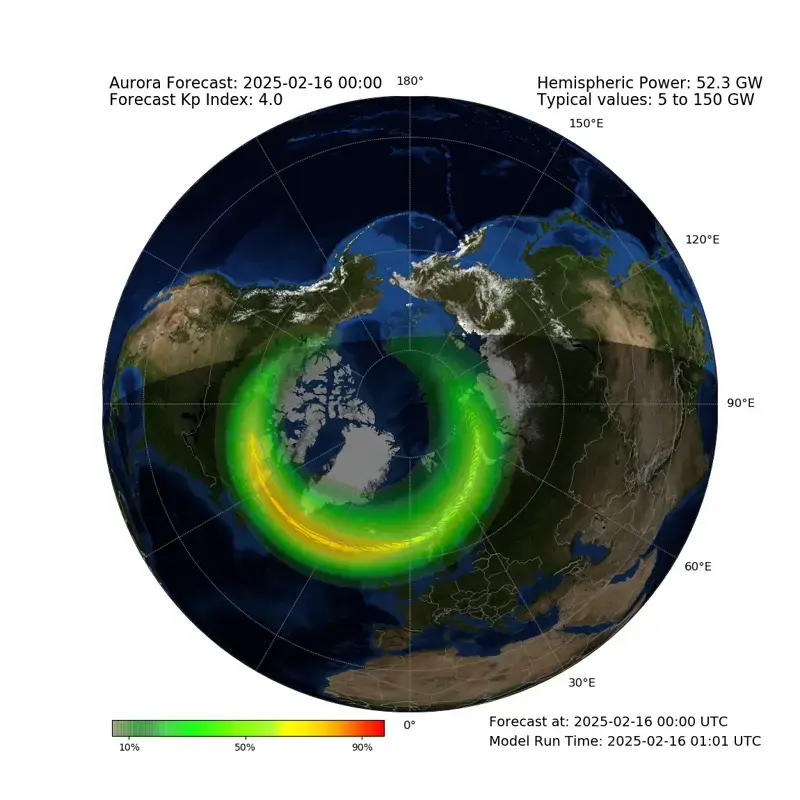
#SpaceWeather February 13 : The arrival of a faint coronal mass ejection (#CME) – combined with enhancements by fast #SolarWind from a coronal hole – might bring conditions for a G1 (minor) #geomagnetic storm tonight https://earthsky.org/sun/sun-news-activity-solar-flare-cme-aurora-updates

Tiny plasma jets in the #Sun’s coronal holes drive both the fast and slow #solarwind, as #mpsgoettingen scientists write in #AstronomyandAstrophysics: https://www.aanda.org/articles/aa/full_html/2025/02/aa52737-24/aa52737-24.html
Based on observations from #ESA’s #SolarOrbiter.
Read our press release here: https://www.mps.mpg.de/origin-of-fast-and-slow-solar-wind-discovered
image credit: ESA&NASA/Solar Orbiter/EUI-Team
NASA Invites Media to Discuss PUNCH Mission to Study Solar Wind https://www.nasa.gov/news-release/nasa-invites-media-to-discuss-punch-mission-to-study-solar-wind/ #NASA #PolarimeterToUnifyTheCoronaAndHeliospherePUNCH #Heliophysics #Missions #ScienceResearch #SolarWind #SpaceWeather
NASA’s PUNCH Mission Tests Solar Arrays Before Launch https://www.nasa.gov/image-article/nasas-punch-mission-tests-solar-arrays-before-launch/ #NASA #CoronalMassEjections #KennedySpaceCenter #LaunchServicesOffice #LaunchServicesProgram #Missions #NASACentersFacilities #PolarimeterToUnifyTheCoronaAndHeliospherePUNCH #ScienceResearch #SolarWind #SpaceWeather #SPHERExSpectroPhotometerForTheHistoryOfTheUniverseAndIcesExplorer
Exciting updates from NOAA! The real-time solar wind data from the DSCOVR spacecraft is now available, providing crucial insights into our solar environment.
Check out the latest measurements and stay informed about solar activity!
Explore here: https://www.swpc.noaa.gov/products/real-time-solar-wind
#SolarWind #NOAA #SpaceWeather #DSCOVR #Science
NASA’s Parker Solar Probe Makes History With Closest Pass to Sun https://science.nasa.gov/science-research/heliophysics/nasas-parker-solar-probe-makes-history-with-closest-pass-to-sun/ #NASA #GoddardSpaceFlightCenter #Heliophysics #HeliophysicsDivision #ParkerSolarProbePSP #ScienceResearch #ScienceMissionDirectorate #SolarFlares #SolarWind #SpaceWeather #TheSun
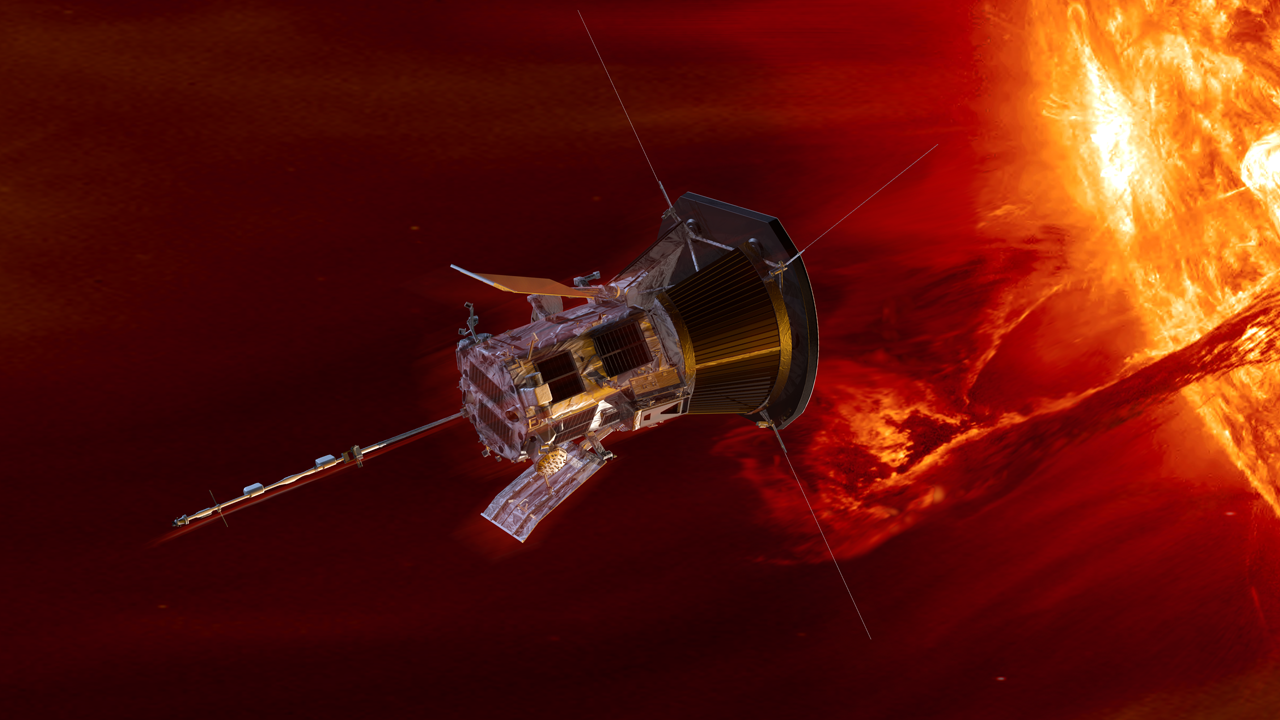
“Magic of the North”
Fires glow above and below in this award-winning image from photographer Josh Beames. In the foreground, lava from an Icelandic eruption spurts into the air and seeps across the landscape as it slowly cools. Above, the northern aurora ripples through the night sky, marking the dance of high-energy particles streaming into our atmosphere, guided by the lines of our magnetic field. Throw in some billowing turbulent smoke, and it’s hard to get more fluid dynamical (or beautiful!) than this. (Image credit: J. Beames/NLPOTY; via Colossal)
A #Geomagnetic #Storm is a major disturbance of Earth's #Magnetosphere that occurs when there is a very efficient exchange of energy from the #SolarWind into the space environment surrounding Earth.
https://knowledgezone.co.in/posts/What-is-geomagnetic-storm-6203c30f5cf167c708099987
Switchback Patches Evolve into Microstreams via Magnetic Relaxation: https://iopscience.iop.org/article/10.3847/1538-4357/ad94da -> When Solar Probes Align - Data Confirms the Sun’s Magnetic Field Accelerates #SolarWind: https://clasp.engin.umich.edu/2024/12/19/when-solar-probes-align/ - a new study led by University of Michigan researchers published in The Astrophysical Journal confirms the sun’s magnetic field accelerates solar wind as it relaxes.
Reinterpreting Uranus’s Magnetosphere
NASA launched the Voyager 2 probe nearly 50 years ago, and, to date, it’s the only spacecraft to visit icy Uranus. This ice giant is one of our oddest planets — its axis is tilted so that it rotates on its side! — but a new interpretation of Voyager 2’s data suggests it’s not quite as strange as we’ve thought. Initially, Voyager 2’s data on Uranus’s magnetosphere suggested it was a very extreme place. Unlike other planets, it had energetic energy belts but no plasma. Now researchers have explained Voyager 2’s observations differently: they think the spacecraft arrived just after an intense solar wind event compressed Uranus’s magnetosphere, warping it to an extreme state. Their estimates suggest that Uranus would experience this magnetosphere state less than 5% of the time. But since Voyager 2’s data point is, so far, our only look at the planet, we just assumed this extreme was normal. (Image credit: NASA; research credit: J. Jasinski et al.; via Gizmodo)


